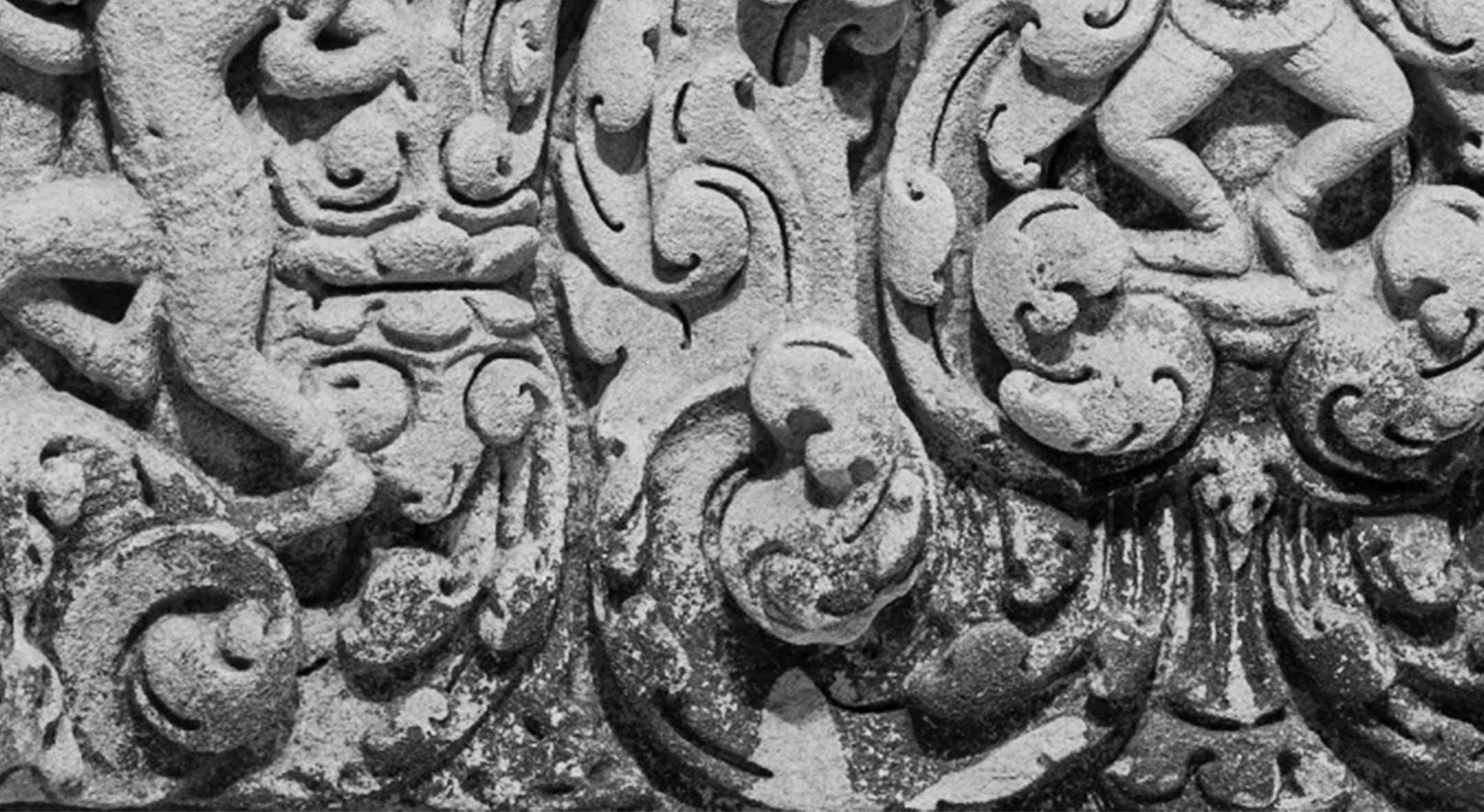August 11–November 12, 2012
-
Dates
-
Location
Arthur M. Sackler Gallery
-
Collection Area
Ancient Near Eastern Art
Spectacular finds from the very heart of Central Asia and the ancient Eurasian steppe cultures form the basis of Nomads and Networks: The Ancient Art and Culture of Kazakhstan challenging traditional views of early nomadic societies. From early stone petroglyphs carved with human and animal forms to mark important locations, to offering stands made of bronze and dazzling gold adornments that affirm trade networks throughout Central Asia and beyond, these excavated objects help to place the ancient cultures of Kazakhstan within the network of the wider ancient world in the 1st millennium BCE.
Of particular interest are the complex relationships and networks made between nomads, more sedentary cultures and their natural environment and materials available in the landscape. Thanks to the region’s permafrost conditions, burial sites have preserved rare organic materials for centuries. An elite burial site at Berel, located in the Bukhtarma River Valley of the Altai Mountains of eastern Kazakhstan, reveals insights into this long-hidden culture. One burial mound (kurgan) at Berel yielded the remains of a thirteen horses that had been interred with their owner, who must have been an important person of high status. This landmark exhibition presents some of the most significant archaeological discoveries made in Kazakhstan over the last fifteen years, with more than 150 objects on display.
On our blog, preeminent archaeologists working in Kazakhstan today report live from the field. Learn more about ancient Kazakhstan, ongoing fieldwork.
Related Blog Posts
-

Nomads, Networks, and Bloggers: Live from Kazakhstan
Read More
-
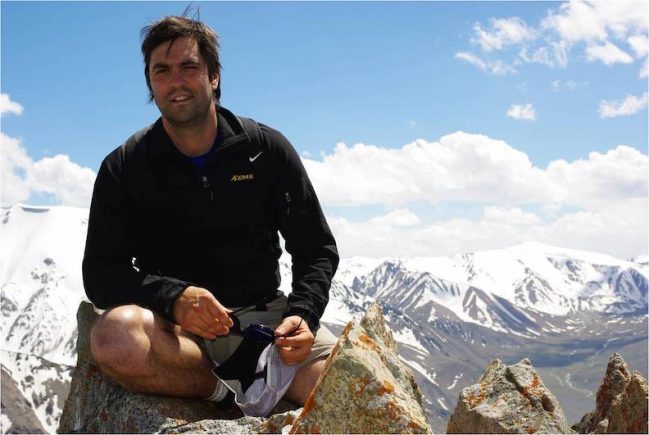
Nomads and Networks: Iron and Bronze
Read More
-
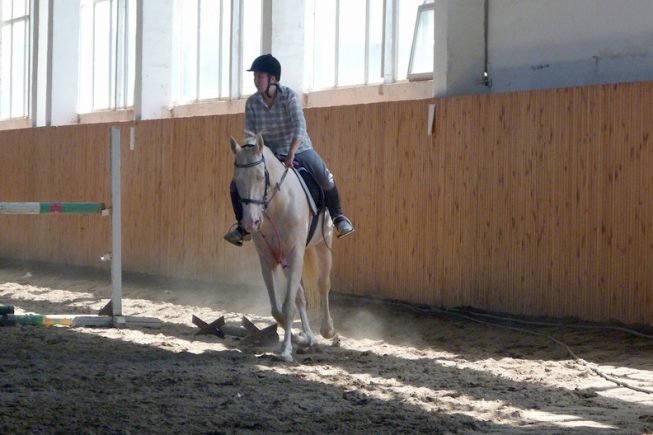
Nomads and Networks in the Field: At a Galloping Pace
Read More
-
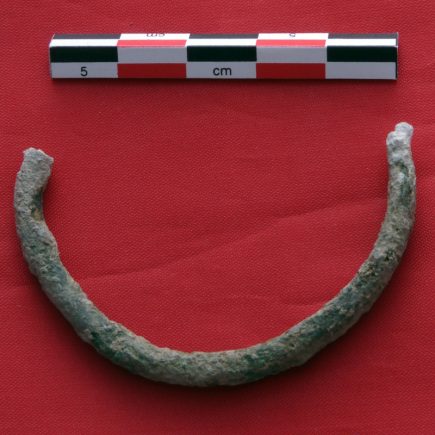
Nomads and Networks in the Field: Going for the Bronze
Read More
-
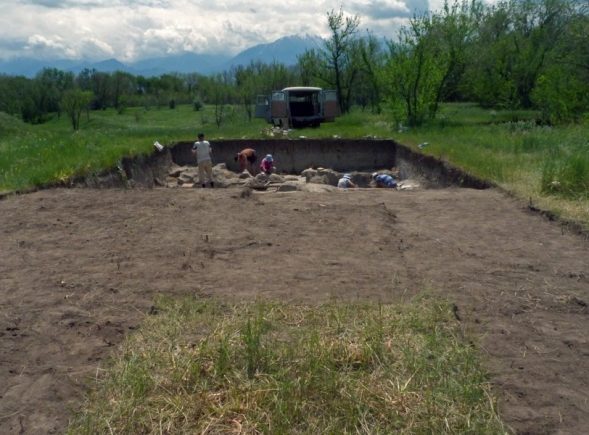
Nomads and Networks in the Field: Introducing Tuzusai
Read More
-

Nomads and Networks in the Field: Everyday Life in the Iron Age
Read More
-
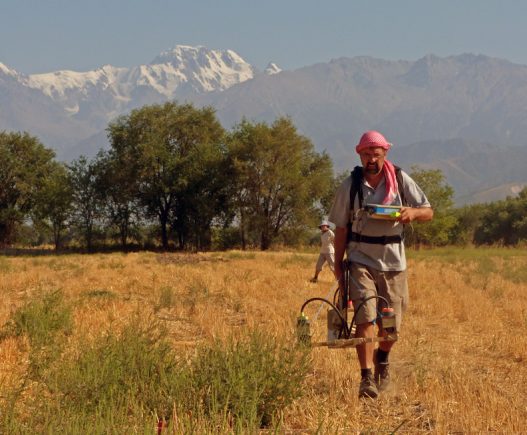
Nomads and Networks in the Field: Magneto and Magnetina
Read More
-
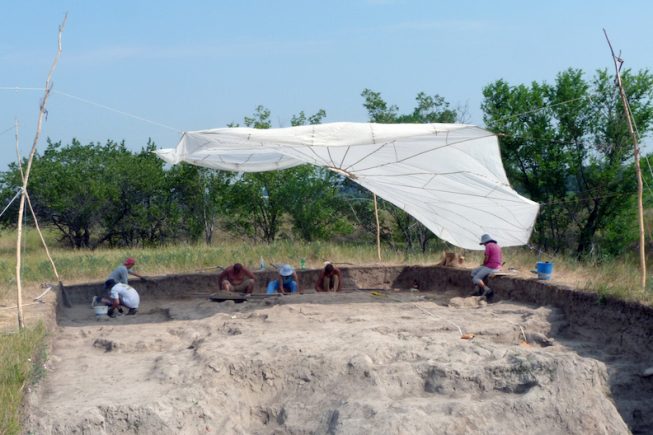
Nomads and Networks in the Field: The Parachute Edition
Read More
-
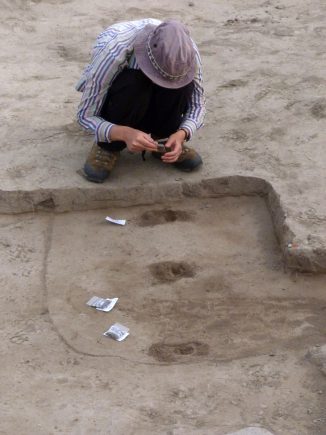
Nomads and Networks: Archaeologists Between Digs
Read More
This Exhibition has been organized by the Institute for the Study of the Ancient World at New York University in collaboration with:
Ministry of Culture and Information of the Republic of Kazakhstan
The Central State Museum of the Republic of Kazakhstan
Multifunctional Scientific-Analytical And Humanitarian-Educational State Enterprise “Nazarbayev Center”
Ministry of Science and Education of the Republic of Kazakhstan
A. Kh. Margulan Institute of Archaeology of the Republic of Kazakhstan
Museum of Archaeology of the Republic of Kazakhstan
The exhibition has been made possible through the support of the Leon Levy Foundation
Protome; 3rd-5th century B.C.E.; Protome of a pair of mountain goats with wings; Bronze; H x W: 17.5 x 4.2 cm; Central State Museum: KP 23732; Almaty, Kazakhstan
- Jump To...



